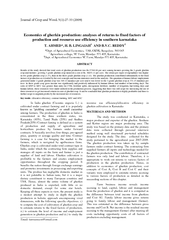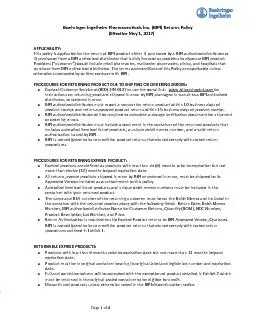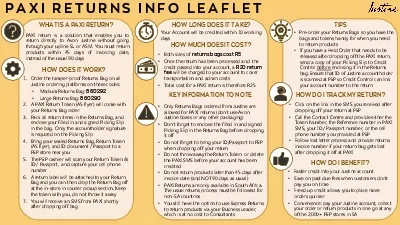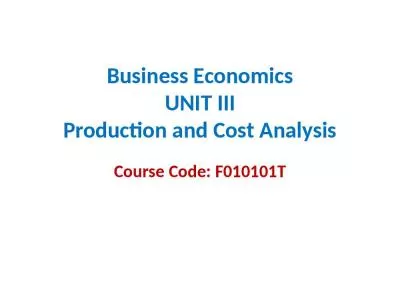PDF-Economics of gherkin production: analyses of returns to fixed factors
Author : tatiana-dople | Published Date : 2015-07-28
production and resource use efficiency in southern karnataka T AHMED H B LINGAIAH 1 AND BVC REDDY 2 Dept of Agricultural Economics UAS GKVK Bangalore 560 065 1 Agri culture
Presentation Embed Code
Download Presentation
Download Presentation The PPT/PDF document "Economics of gherkin production: analyse..." is the property of its rightful owner. Permission is granted to download and print the materials on this website for personal, non-commercial use only, and to display it on your personal computer provided you do not modify the materials and that you retain all copyright notices contained in the materials. By downloading content from our website, you accept the terms of this agreement.
Economics of gherkin production: analyses of returns to fixed factors: Transcript
Download Rules Of Document
"Economics of gherkin production: analyses of returns to fixed factors"The content belongs to its owner. You may download and print it for personal use, without modification, and keep all copyright notices. By downloading, you agree to these terms.
Related Documents














